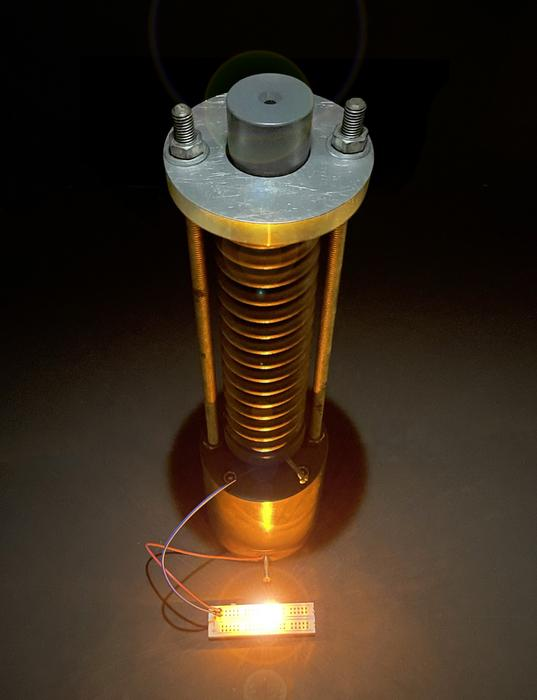Small energy storage devices have been made out of materials familiar even to the ancients: cement, water, salt, and carbon black.
In the quest to break the world free of fossil fuel dependence, we’re moving faster to produce low-carbon energy than to store it for when it’s needed. As the challenge becomes clear, however, a great variety of storage solutions are appearing. It’s unlikely that anyone will solve the problem on its own – storage for evening demand peak after the Sun has set and for high-latitude winters are different problems that probably shouldn’t use the same solutions.
The prime obstacle for many of the battery storage technologies being explored is that they rely on relatively scarce, and therefore expensive, materials. Not everything comes with the environmental and human rights abuses of cobalt, but it would still be great if we could use something more common – like cement for example.
That’s what an MIT team are proposing. Cement alone will not do the job, but their addition is carbon black, a fine powder produced through the incomplete burning of coal or biomass.
Technically, the device is not a battery but a supercapacitor, but the operations for a user would be very similar.
Capacitors work by having two conductive plates separated so that charge cannot cross between them. To store energy, one plate is given a positive charge and the other a negative one. When a switch is closed, creating a circuit, the negative charges flow to join and cancel out the positive ones, producing electricity in the process. Most capacitors can store only tiny amounts of charge, but this grows with larger surface areas.
Carbon is highly conductive and has a high surface-area-to-volume ratio well suited to capacitors. When mixed into cement and water, it follows channels the water makes within the cement to create a conductive network that weaves its way through the concrete, once set.
If this was the only reason to build a concrete block, you’d probably be much better off using some more traditional material. However, the product works perfectly well as a building material. If you’re going to build a concrete floor for your house or office, why not turn it into an energy store?
Likewise, the product can’t store much energy per unit of mass or volume, making it completely inappropriate for transport solutions. However, in a building with a lot of concrete, it all adds up.
There’s an extra step required to make the blocks into supercapacitors; the concrete must be soaked in electrolytes, which provide the charges that can collect along the branching lines of carbon black. These aren’t as abundant and cheap as the rest of the system, but potassium chloride, used in a demonstration version, is still plentiful. Two blocks of this modified concrete, with a thin separation between them, can act as electrodes for connecting to the source and load.
“The material is fascinating,” Professor Admir Masic said in a statement, “because you have the most-used manmade material in the world, cement, that is combined with carbon black, that is a well-known historical material – the Dead Sea Scrolls were written with it.”
All the team have made so far are button-sized supercapacitors, sufficient to light 3-volt LEDs. They’re now working on scaling up, and calculate that the concrete foundations of an average-sized American house could store around 10kwh of energy – more than enough to last it through the night if charged on solar panels by day.

Cement supercapacitor.
Image Credit: Franz-Josef Ulm, Admir Masic, and Yang-Shao Hor
Masic and colleagues are not the first to come up with the idea of turning building materials into large, if low energy density, ways to store electricity. Another team has done something similar with the humble house brick, but that project relies on the use of more exotic vapors to produce an internal polymer network. This could prove even cheaper.
Concrete is also used in places where bricks are rare, such as highway infrastructure, and Masic imagines storing energy from solar panels to provide charging services for electric vehicles. Fast discharge, useful in such circumstances, is one of supercapacitors’ advantages over batteries.
The findings are published in Proceedings of the National Academy Of Sciences.
Source Link: Two Ancient And Very Common Materials Make Supercapacitors For Bulk Electricity Storage